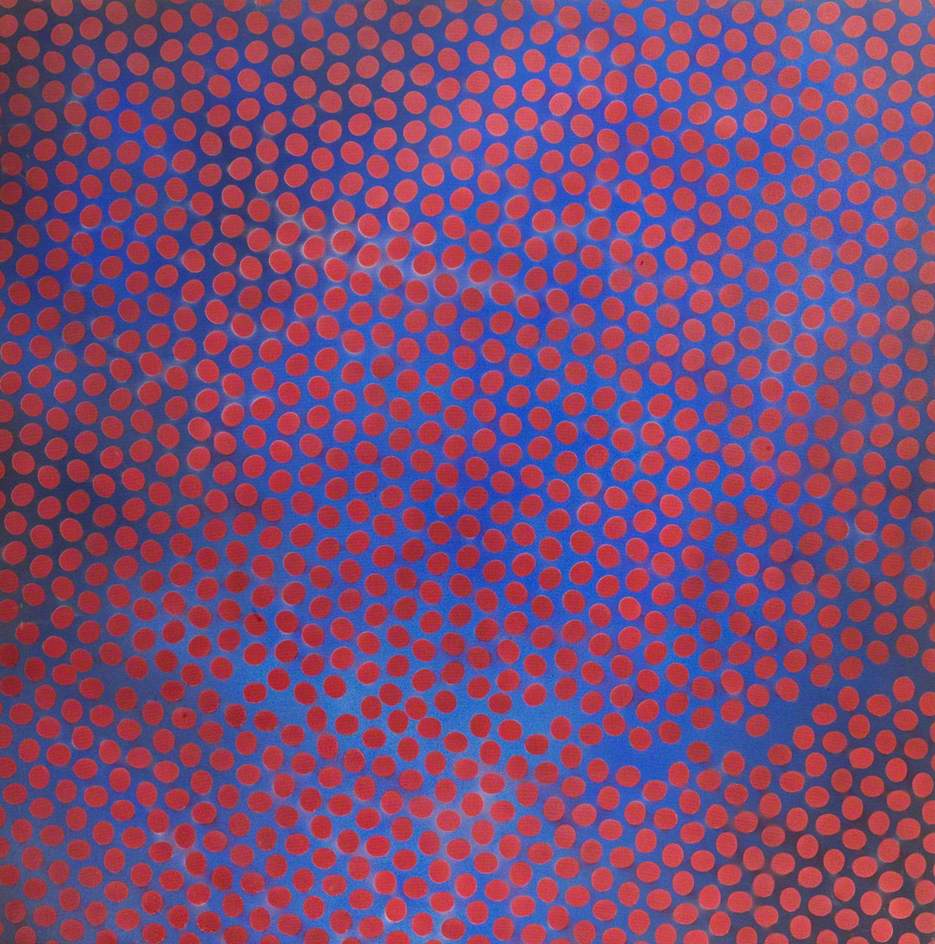Abstract
A critique of linear perspective as the dominant mode of visual representation. Is it possible to imagine other ways of seeing—ones grounded in the body and in technological collaboration? This article explores hybrid image-making as a site of aesthetic and political resistance.
Introduction: What is Linear Perspective?
In the Western tradition, linear perspective has become the dominant visual technique for representing three-dimensional space on a two-dimensional surface. Far from being neutral or purely optical, it is a historically and culturally constructed convention, derived from Euclidean optics and shaped by specific philosophical and social contexts (Panofsky, 1927; Crary, 1990). It does not merely depict space—it centralizes a particular kind of subject and viewpoint, structuring how vision operates symbolically and ideologically (Jay, 1993; Rancière, 2008).
Perspective and Control: From Camera Obscura to AI
Linear perspective found technical embodiment in the camera obscura, which Crary (1990) defines as a model of the disciplined observer. Later, this apparatus would ground the logic of photography and cinema—systems that naturalize centralized, fixed, rational viewpoints (Sontag, 1977; Flusser, 1993). Contemporary 3D renderings, video games, and AI-generated images continue to replicate these regimes, automating visual hierarchies inherited from Renaissance thought (Manovich, 2001; Zylinska, 2020).
Toward an Embodied Visuality
Today’s visual paradigm, as Hito Steyerl (2012) argues, is no longer fixed to the ground: it floats, shifts, and fragments. The viewer is no longer grounded but suspended in algorithmic systems, captured in a vertical, disoriented vision. Yet within this loss of position lies potential: the emergence of images not as neutral reproductions, but as embodied manifestations—events of perception rather than passive representations (Hansen, 2004; Merleau-Ponty, 1945; Mitchell, 2005).
Hybrid Images: Between Body and Technology
Against the automated visuality of machines, hybrid images emerge through collaboration: gesture, error, rhythm, partial attention. These images are not purely algorithmic—they are shaped by the body as interface, as co-producer (Hansen, 2004; Zylinska, 2020). They are sensorial, ambiguous, materially unstable. The hybrid image resists closure, asking to be inhabited rather than consumed (Haraway, 1988; Paglen, 2014).
Conclusion: Toward New Ways of Seeing
The critique of linear perspective is not only technical—it is political. To ask who sees, who is seen, and from where, is to question the distribution of visibility and knowledge itself (Rancière, 2000). Hybrid visuality offers a possible disruption, a shift toward embodied, situated, affective ways of making and experiencing images—ways that refuse automated centrality and open new perceptual relations.
Article Goals
-
Critically question the persistence of linear perspective in contemporary visual systems, especially those mediated by algorithmic technologies.
-
Explore artistic practices that disrupt hegemonic visual regimes by proposing embodied and situated images.
-
Argue, through hybrid artistic practice, that the collaboration between body and technology can produce new ways of perceiving and representing reality.
Hypothesis
It is possible to create hybrid images—born from the collaboration between body and technology—that challenge dominant visual regimes not just through content but through their material conditions of production and perception. These images open paths toward embodied, affective, and non-hegemonic forms of visual experience.
Bibliography (selected)
-
Crary, J. (1990). Techniques of the Observer. MIT Press.
-
Haraway, D. J. (1988). Situated Knowledges. Feminist Studies.
-
Hansen, M. B. N. (2004). New Philosophy for New Media. MIT Press.
-
Jay, M. (1993). Downcast Eyes. University of California Press.
-
Manovich, L. (2001). The Language of New Media. MIT Press.
-
Mitchell, W. J. T. (2005). What Do Pictures Want?. University of Chicago Press.
-
Steyerl, H. (2012). In Free Fall. e-flux.
-
Zylinska, J. (2020). AI Art: Machine Visions and Warped Dreams. Open Humanities Press.
